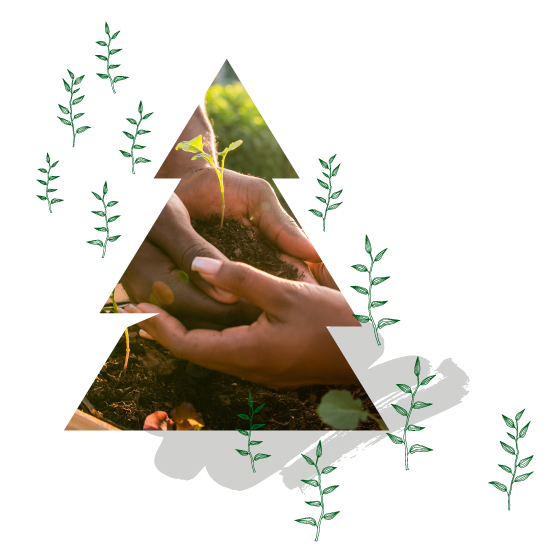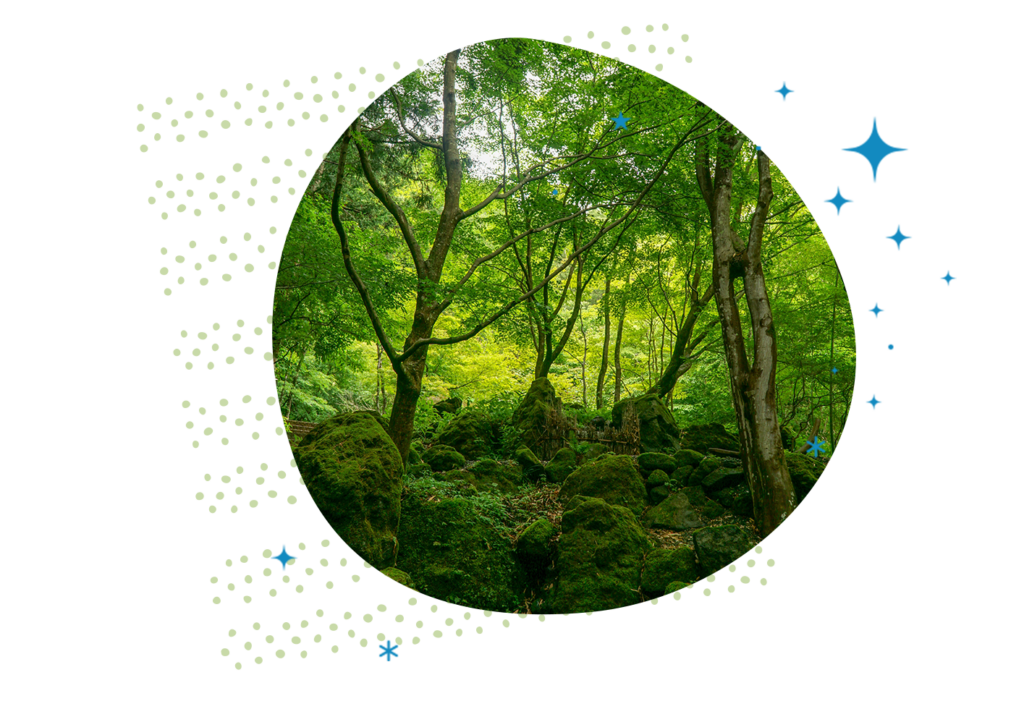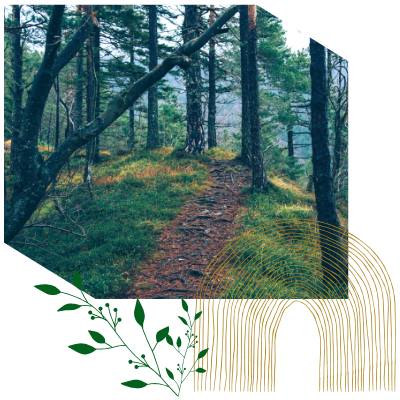
The Domini Forest Project
As impact leaders, we have a long-term initiative to protect and preserve forests. Our Forest Project is committed to understanding the drivers of forest destruction, its impact on our investment decisions, and how we can encourage ourselves, corporations, and governments to become forest value creators.
Forests as a System
The Forest Project is the cornerstone of Domini’s system-level approach to investing, which emphasizes the interconnections between environmental, social, and financial systems. That’s why our approach covers more than forests. It encompasses sustainable agriculture, land conversation, and Indigenous rights too.
Respecting Forests and Nature
Forests are an essential part of a larger, interconnected system. They safeguard biodiversity and protect our climate. They help sustain Indigenous communities around the world and provide valuable economic resources. Yet, society and businesses continue to destroy or convert forests at an alarming rate, creating substantial systemic threats. These threats are interconnected, but at Domini we know that the solutions are interconnected as well.

The Roots of Forest Value
In 2018, Domini launched a “system-level” approach to investing that centers on forests. We selected forests because they are, in many ways, relatively specific and definable. And while forests are systemically important, investors were paying less attention to them than what is warranted—especially given their critical relationship to climate change.
These documents help shape and guide this multi-year project.

Introduction to Foundational Documents
An overview of the ten documents in this series, which provides background on the framework for Domini’s commitment to a system-level approach to investment and particulars on our approach to its implementation in the context of the Forest Project.
System-Level Investment: Domini’s Commitment
A backgrounder on the why, who, and what of system-level investment and Domini’s commitment to this practice.
Yesterday, Today, and Tomorrow: Evolution of the Forest Project
An account of how we came to initiate the Forest Project and an overview of various twists and turns encountered on the road to implementation.
Domini’s Forest Project: A Timeline by Process
A detailed timeline of our Forest Project initiatives organized by six process steps that Domini has followed.
Processes, Impacts, Evaluation, and Next Steps
A discussion of specific Domini initiatives taken with a focus on 2022-2023, their direct and indirect impacts, our evaluation of their successes and limitations, and plans for next steps.
System-level Advanced Techniques
A description of the ten advanced techniques designed to exercise influence at a system level and Domini use of them in the implementation of the Forest Project.
Themes, Leverage Points, Initiatives, and Progress
An analysis of our initiatives grouped by our seven key themes and their corresponding leverage points. We explain why we view each theme as representing a challenge that offers leverage for the management of investment and systemic-risks, and assessments progress we may have seen toward that change.
Forest-related Definitions and Goals
Definitions and descriptions of the six types of forest-related lands that we have identified, accompanied by goals for each type of land and what investors’ best practices might be to aid in achieving those goals.
Value Creators: Forest-related Business Model Change in the 21st Century
A backgrounder on a hybrid business model that balances the sort of value creation and value extraction that we view necessary for forest-related lands to contend with the complex investment- and system-level challenges of the 21st century. This backgrounder includes specifics on how investors might influence a transition to this hybrid business model.
Domini Forests-Focus Justification
This document presents justification that Domini uses to ensure that forest-related challenges posed risks that require management techniques and tools designed for system-level influence. We have evaluated this challenge against four considerations: Consensus, Relevance, Effectiveness, and Uncertainty.
Recent News
- Rewilding in Action: A Journey Through the Miyawaki Forest in CambridgeIn June, Domini hosted a tour of the Miyawaki Forest in Danehy Park, Cambridge, MA, highlighting the benefits of dense, biodiverse urban forests and their impact on sustainability and climate change.
- Forest Highlight: Paper, Made SustainablyLooking forward, International Paper has aligned itself with broader global sustainability goals. Its 2030 targets include sourcing 100% of fiber from sustainably managed forests or recovered fiber sources.
- Forest Highlight: Leading on Forest StewardshipSvenska Cellulosa, a Swedish company, is one of the world’s largest suppliers of certified forest products. It ensures everything it sells—from pulp to paper—is certified by the Forest Stewardship Council.
Want to keep up with our latest activities and impact?
Sign up to receive news and updates, including our quarterly Impact Updates.



